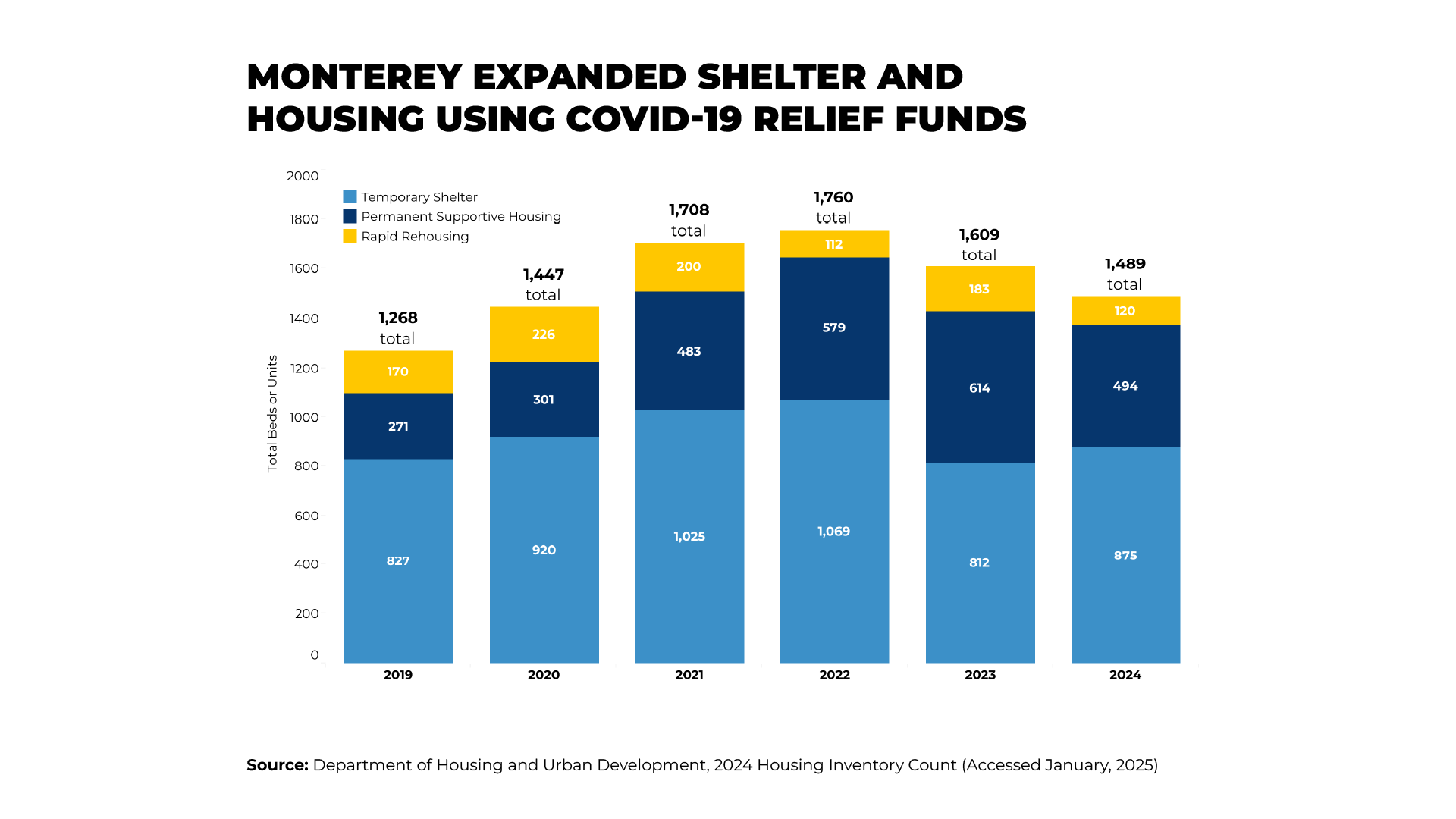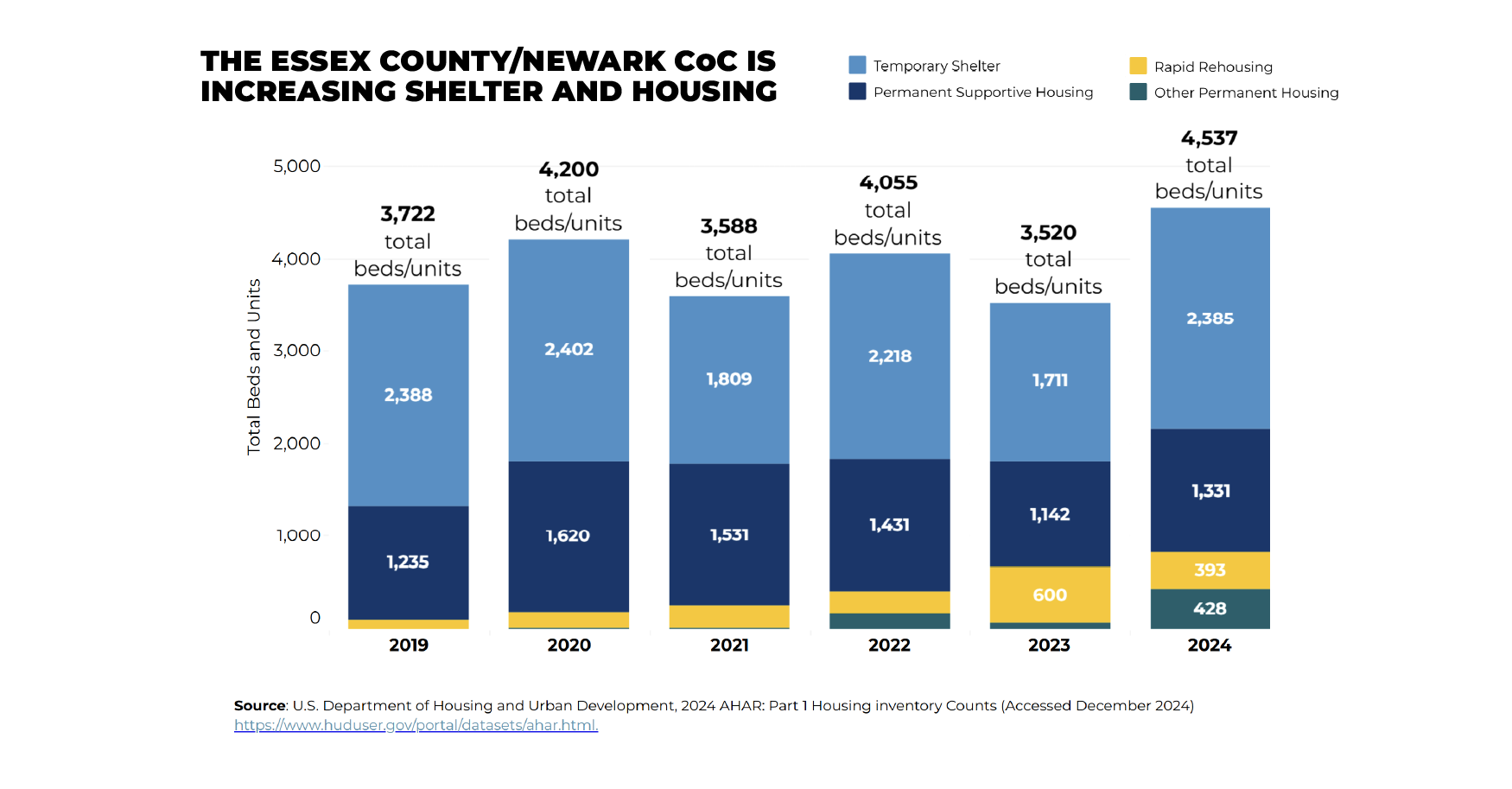This page has been updated in March 2021 in light of the coronavirus pandemic, and a new tab on the toolkit has been added.
In 2018, the Alliance formed a Racial Equity Network (REN) of local and state systems and program leaders and advocates to inspire more engagement about best practices, data collection, and action steps at the systems level. The intent is to create a space in which leaders in the field can exchange ideas and advise the Alliance on practical approaches to addressing racial disparities.
Homelessness programs and systems have a significant and direct responsibility to ensure that they are not, themselves, having a disparate impact on people based on their race or ethnicity. The first step in doing so is to look at the impact of our programs through a racial and ethnic lens by collecting, analyzing, and acting on data.
As the process of analyzing and addressing racial disparities in the homelessness system advances, many new tools and programs will be developed. The Racial Equity Network has identified the following set of existing tools that you might find helpful as you get started.
Assessing Disproportionality and Disparity
Look at your community’s census data to know each race’s and ethnicity’s percentage of the population, and compare it to the percentage in your CoC’s homeless population. This allows you to see the disproportionality of homelessness.
HUD has also created a CoC Analysis Tool on Race and Ethnicity. This tool allows you to examine what percentage of people in your CoC are poor, homeless, sheltered and unsheltered based on race and ethnicity.
Assessing for Disparate Outcomes
The Alliance’s Racial Equity Network has created a tool which can help you measure whether the outcomes of your program or system vary depending on the race or ethnicity of a homeless person or family. This is a simple dashboard measuring key portions of a homeless program or system.
Racial Disparities During COVID-19
In light of the COVID-19 pandemic, this tool has been updated to help homelessness systems better gather data to identify and address racial inequities in testing, treatment, and appropriate service delivery. Given that Black and Brown communities have been disproportionately impacted by the pandemic, the homelessness field should continuously analyze data for racial disparities, and be ready to strategize and act should they find them.
As vaccine distribution rolls out, it is important to not exacerbate the health disparities already in existence. The Racial Equity Network has updated the Racial Equity Data Tool to include racial demographics and data points for communities to consider during the vaccination process.
The latest version of the tool now includes a section to assess equitable vaccination processes among people experiencing homelessness. It also includes a tab to track dosages received.
What’s Next?
After analyzing your system data, the Racial Equity Network has come up with a list of suggested Action Steps for organizations to take if they have identified racial disparities.
Stay Updated: Solutions, Stories, and Ways to Make an Impact
Sign up to receive updates on the Alliance’s work, including the latest research, advocacy efforts, and real stories of progress — plus ways you can help drive lasting change.














